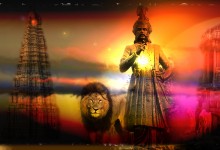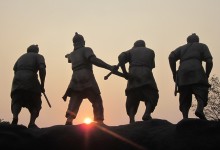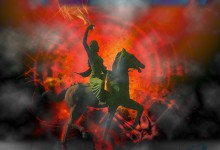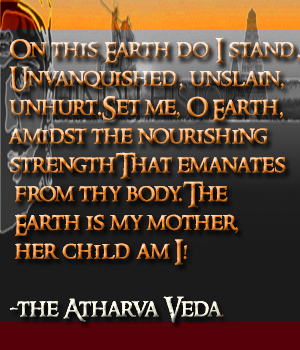Posts Tagged ‘rajputs’
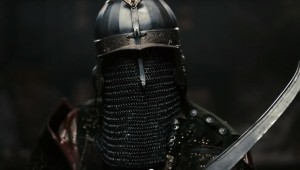
Response to Girish Shahane on Rajput ‘Failure’ or Victory ?
I have just been exposed to a worthless and meaningless article by a self-propagating Hindu phobic writer. The person I refer to is known as Girish Shahane, who by his own account is the proud owners of multiple degrees from va...
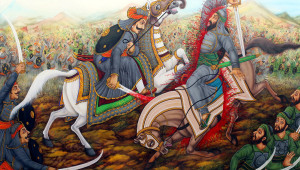
Rajnath Singh says if Akbar is ‘great’, so is Rana Pratap
PRATAPGARH: In line with the Sangh Parivaar’s push for Hindu icons, Union home minister Rajnath Singh on Sunday asked historians to revisit history by giving Mewar ruler Maharana Pratap more credit. “I have no objec...
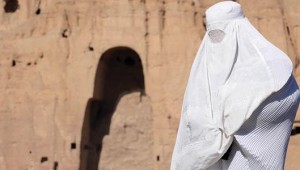
What if India had turned Islamic ?
Imagine an India where after hundreds of years of dogged resistance the Hindus fail to rise again. Imagine the end of the fourteenth century – a Delhi laid waste by the invasions of Timur and the horrors that lay in his w...
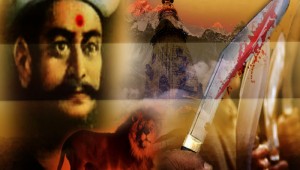
General Balbhadra Kunwar : The Hindu Lion of Nepal
While not much is known about the early life and exact year of birth, it is estimated that this brave Hindu warrior was born between 1775-90 in beautiful valley of Kathmandu home to the illustrious Pashupatinath temple. Balbhad...
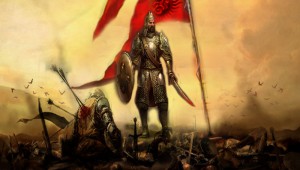
Raja Bhoja’s Vengeance
Amidst the horrific stench and screaming of dying men a battered and torn saffron flag fluttered. Over the defeated and crushed armies of the Yamini dynasty a band of warriors rode, heedless of the multitude of corpses range...
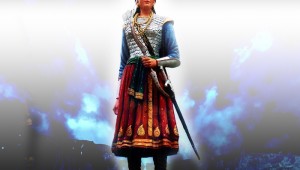
Rani Durgavati
Rani Durgavati was born on 5th October 1524 A.D. in the family of famous Chandel emperor Keerat Rai. She was born at the fort of Kalanjar (Banda, U.P.). Chandel Dynasty is famous in the Indian History for the valiant king Vidya...
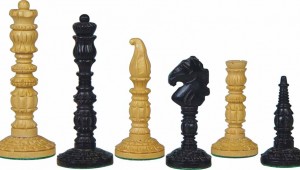
Colour Prejudice in India : A History
When ‘Brother-in-Law’ means Rape If we cannot blame the aforementioned non-existent ‘Aryans’ then could it be due to two centuries of British colonialism? Certainly this favoured lighter skin and there was even a mixed ...
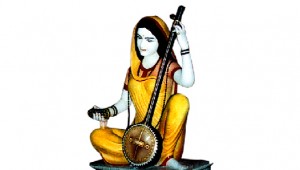
Mirabai (1540 – 1597)
There are few Hindus who will not have heard of Mirabai, the Rajput princess whose devotional compositions have provided a voice to the spiritual yearning of millions, and have a distinct, even a feminist, emphasis to them. Man...
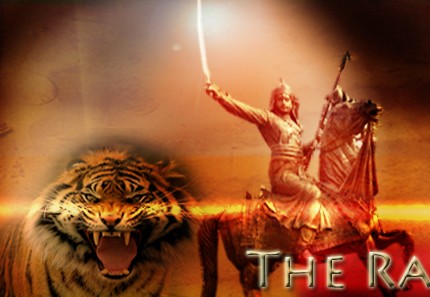
The Rajputs : Warriors of legend
Coming Soon.. Rajput (from Sanskrit raja-putra, “son of a king”[1]) is a member of one of the patrilineal clans of western, central, northern India and some parts of Pakistan. They claim to be descendants of ruling ...
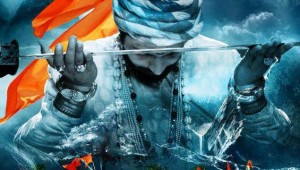
The Myth of “1000 Years of Hindu Slavery”
One thousand years of slavery. Millennia of defeat and domination caused by a dogmatic adherence to the doctrine of ahimsa, preventing an effective resistance to foreign domination. This is what most Hindus are brought up to be...


